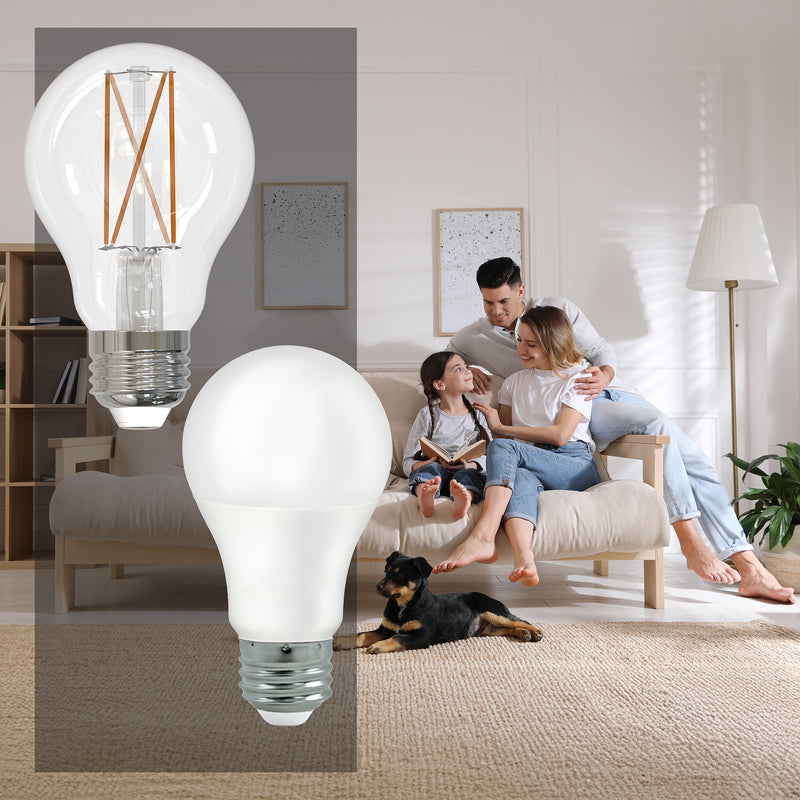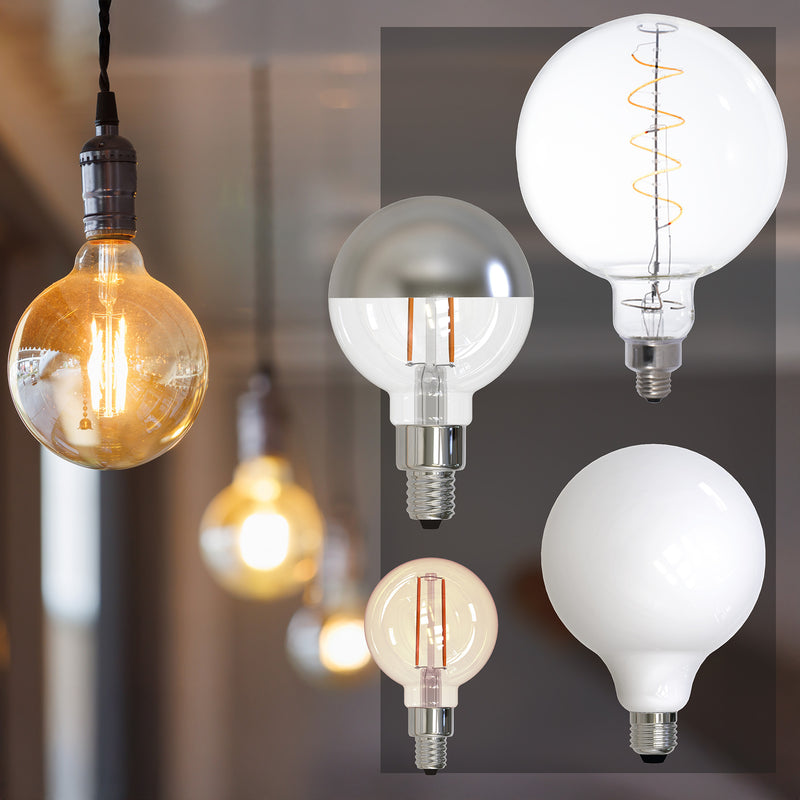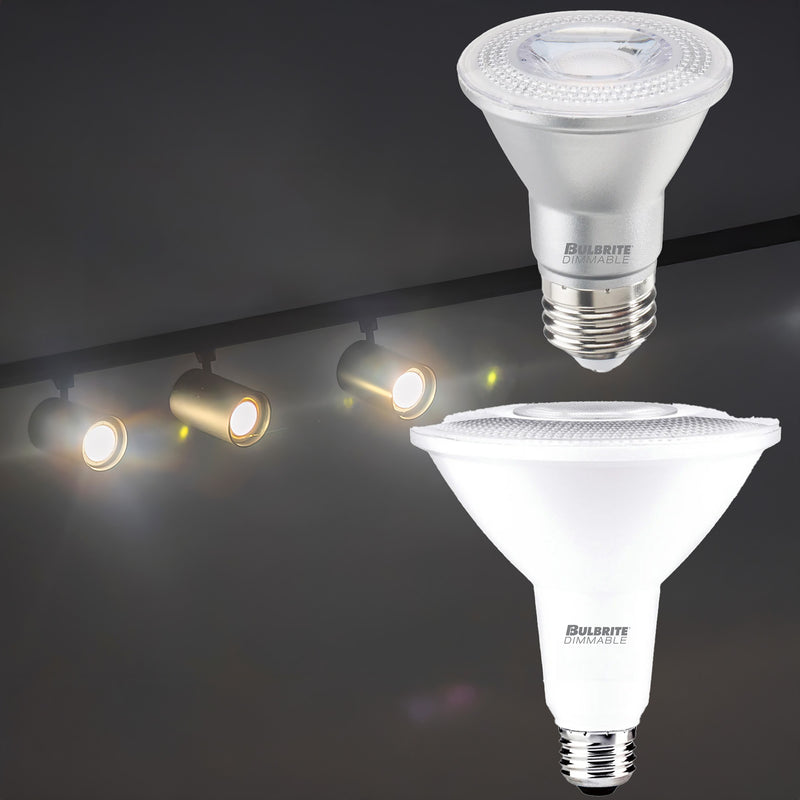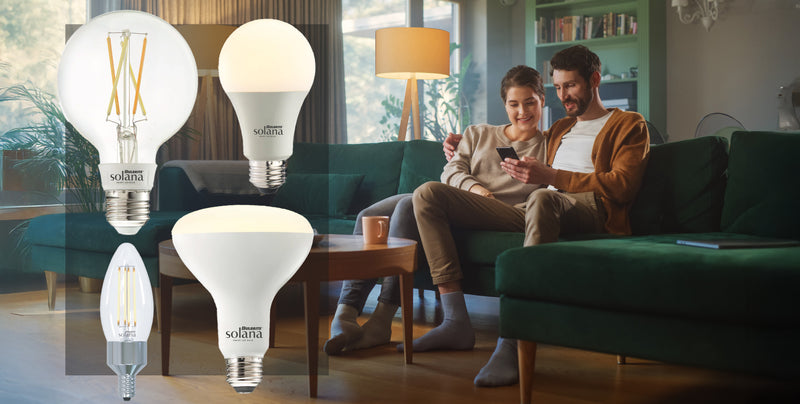When it comes to lighting, choosing the right light bulb can make all the difference in creating a comfortable, well-lit space. However, understanding light bulb shapes, sizes, and bases can be confusing for many consumers. This guide will break down everything you need to know about light bulb shapes, sizes, and their corresponding bases, helping you make informed decisions for your lighting needs.
Light Bulb Shapes: An Overview
Light bulbs come in a variety of shapes, each designed for specific uses and fixtures. The shape of a light bulb is typically indicated by a letter or series of letters followed by a number. Let’s explore the most common light bulb shapes and their applications.
1. A-Series Bulbs (General Purpose)
- Shape Code: A (for Arbitrary)
- Common Sizes: A19, A21
- Description: The A-series bulb is the classic light bulb shape most people associate with household lighting. It’s ideal for table lamps, ceiling fixtures, and other general-purpose applications.
- Best Use: Living rooms, bedrooms, and offices.
2. Globe Bulbs
- Shape Code: G
- Common Sizes: G25, G40
- Description: Globe-shaped bulbs are spherical and provide a decorative touch. They’re often used in bathrooms and vanity lighting fixtures.
- Best Use: Bathrooms, chandeliers, and decorative fixtures.
3. Candle Bulbs
- Shape Code: C
- Common Sizes: C7, C9
- Description: Resembling the flame of a candle, these bulbs are popular for their aesthetic appeal.
- Best Use: Chandeliers, wall sconces, and holiday decorations.
4. Reflector Bulbs
- Shape Code: R, BR, PAR
- Common Sizes: R20, BR30, PAR38
- Description: Reflector bulbs have a reflective coating inside that directs light in a specific direction, making them ideal for spotlighting and floodlighting.
- Best Use: Recessed lighting, outdoor lighting, and track lighting.
5. Tube Bulbs
- Shape Code: T
- Common Sizes: T8, T12
- Description: Tubular bulbs are long and cylindrical, commonly found in fluorescent fixtures.
- Best Use: Kitchens, garages, and commercial spaces.
6. Edison Bulbs
- Shape Code: ST
- Common Sizes: ST19
- Description: With an antique, vintage-style design, Edison bulbs are perfect for creating a nostalgic ambiance.
- Best Use: Cafés, restaurants, and decorative fixtures.
Understanding Light Bulb Bases
The base of a light bulb is the part that connects to the fixture. Like shapes, bases are categorized using a combination of letters and numbers. The most common base types include:
1. Screw Bases (Edison Bases)
- Base Code: E
- Common Sizes: E26, E12, E14
- Description: Screw bases are the most widely used and are characterized by their threaded design.
E12 (Candelabra): Smaller screw base often used in chandeliers and night lights.
- Best Use: A wide range of fixtures, from general-purpose to decorative lighting.
2. Pin Bases
- Base Code: G
- Common Types: G4, G9, GU10
- Description: Pin bases have two or more pins instead of threads. These are often used for specialized lighting, such as track lights and compact fluorescent lamps (CFLs).
- Best Use: Spotlights, recessed lighting, and specialty fixtures.
3. Bayonet Bases
- Base Code: BA or B
- Common Types: BA15s, B22
- Description: These bases use a twist-and-lock mechanism and are common in automotive and older European fixtures.
- Best Use: Automotive and certain industrial applications.
4. Bi-Pin Bases
- Base Code: G
- Common Types: GU5.3, G8
- Description: Similar to pin bases but often used for halogen and LED bulbs.
- Best Use: Accent lighting and under-cabinet fixtures.
How to Choose the Right Light Bulb for Your Needs
Step 1: Identify the Fixture Requirements
Determine the shape and base type required by your fixture. For example, an A19 bulb with an E26 base is standard for most table lamps.
Step 2: Consider the Brightness
Light bulbs are measured in lumens, not watts. For general reference:
- 450 lumens: 40W equivalent
- 800 lumens: 60W equivalent
- 1,100 lumens: 75W equivalent
Step 3: Select the Color Temperature
Color temperature is measured in Kelvin (K):
- Warm White (2,700K-3,000K): Cozy, yellowish light ideal for living spaces.
- Cool White (3,500K-4,100K): Neutral light best for kitchens and workspaces.
- Daylight (5,000K-6,500K): Bright, bluish light suitable for reading or task lighting.
Step 4: Energy Efficiency
LED bulbs are the most energy-efficient option, consuming up to 80% less energy than incandescent bulbs. They also last much longer, making them cost-effective in the long run.
Common Bulb Applications by Room
- Living Room: A19 bulbs (warm white, 800 lumens)
- Kitchen: BR30 bulbs (cool white, 1,100 lumens)
- Bathroom: G25 globe bulbs (neutral white, 800 lumens)
- Bedroom: A19 bulbs (warm white, 450-800 lumens)
- Outdoors: PAR38 bulbs (daylight, 1,100 lumens)
Additional Considerations
Dimmability
Not all bulbs are dimmable, so check the packaging if you need this feature. Pair dimmable bulbs with compatible dimmer switches for best results.
Smart Bulbs
Smart bulbs, like those from Bulbrite Solana, Philips Hue, or LIFX, offer additional functionality such as color-changing options and app-based control. These are ideal for creating dynamic lighting environments.
Environmental Impact
Dispose of CFLs and other bulbs containing mercury at designated recycling centers. LEDs are more environmentally friendly and can be recycled as electronic waste.
Key Takeaways
Understanding light bulb shapes, sizes, and bases can simplify your lighting decisions and help you find the perfect match for your fixtures. Whether you’re lighting a cozy living room or an expansive outdoor space, the right bulb can enhance your environment and save energy.
Now that you’re equipped with knowledge about light bulbs, it’s time to brighten up your space with the perfect lighting solutions. Remember to prioritize energy efficiency and compatibility to make the most of your lighting choices!






